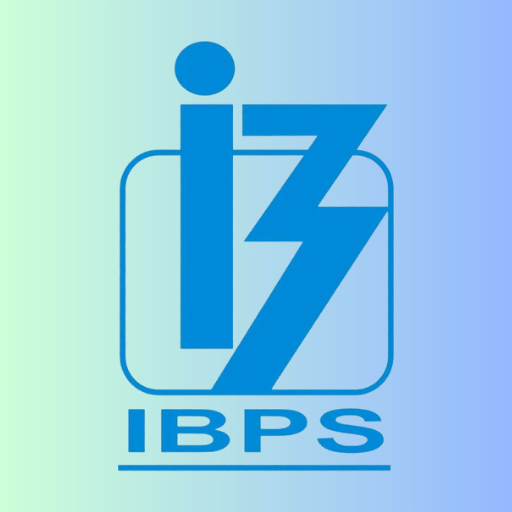Controlling Process in Business Management - Controlling, Contemporary Management | Contemporary Management - B Com PDF Download
Controlling Process consists of following systematic steps:
1. Setting Performance Standards:
The first step in the process of controlling is concerned with setting performance standards. These standards are the basis for measuring the actual performance.
Thus, standards act as a lighthouse that warns & guides the ships at sea. Standards are the benchmarks towards which efforts of entire organisation are directed. These standards can be expressed both in quantitative and qualitative terms.
Examples of Quantitative Standards:
(a) Revenue to be earned.
(b) Units to be produced and sold.
(c) Cost to be incurred.
(d) Time to be spent in performing a task.
(e) Amount of inventories to be maintained etc.
Examples of Qualitative Standards:
(a) Improving motivation level of employees.
(b) Improving labour relations.
(c) Improving quality of products.
(d) Improving goodwill etc.
In order to facilitate easy comparison of actual performance with the standards, a manager should try to set these standards in quantitative terms as far as possible. However, in case of qualitative standards, effort should be made to define these standards in such a way that comparison becomes easily understandable.
For example, for improving customer satisfaction in a restaurant having self service, standard can be set in terms of time taken to get a table, place the order and collect the order. Moreover, the standards set should be flexible enough so that necessary changes can be made according to varying situations.
2. Measurement of Actual Performance:
Once the standards have been determined, the next step is to measure the actual performance. The various techniques for measuring are sample checking, performance reports, personal observation etc. However, in order to facilitate easy comparison, the performance should be measured on same basis that the standards have.
Following are some of the ways for measuring performance:
(a) Superior prepares a report regarding the performance of an employee.
(b) Various ratios like gross profit ratio, debtor turnover ratio, return on investment, current ratio etc. are calculated at periodic intervals to measure company’s performance.
(c) Progress made in areas like marketing can be measured by considering the number of units, increase in market share etc.
(d) In small organisations, each unit produced can be checked personally to ensure the quality standards.
(e) In large organisation, the technique of sample checking is used. Under this technique, some pieces are checked at random for quality specifications.
3. Comparing Actual Performance with Standards:
This step involves comparing the actual performance with standards laid down in order to find the deviations. For example, performance of a salesman in terms of unit sold in a week can be easily measured against the standard output for the week.
4. Analysing Deviations:
Some deviations are possible in all the activities. However, the deviation in the important areas of business needs to be corrected more urgently as compared to deviation in insignificant areas. Management should use critical point control and management by exception in such areas.
(a) Critical Point Control:
Since it is neither easy nor economical to check each and every activity in an organisation, the control should focus on Key Result Areas (KRAs) which act as the critical points. The KRAs are very essential for the success of an organisation. Therefore, the entire organisation has to suffer if anything goes wrong at these points. For example, in a manufacturing organisation, an increase of 7% in labour cost is more troublesome than an 18% increase in stationary expenses.
(b) Management by Exception:
Management by exception or control by exception is an important principle of management control. According to this principle, an attempt to control everything results in controlling nothing. Thus only the important deviations which exceed the prescribed limit should be brought to the notice of management. Thus, if plans provide for 3% increase in labour cost, deviations beyond 3% alone should be brought to the notice of the management.
Advantages of Critical Point Control and Management by Exception are as follows:
(i) Since managers deal only with important deviations, it results in saving time and efforts.
(ii) It helps in identifying important deviations which need timely action to keep the organisation at the correct path.
(iii) By handing over the routine problems to the subordinates, management by exception facilitates delegation of authority and helps in increasing morale of employees.
(iv) It ensures better utilization of managerial expertise by focusing managerial attention only on important areas.
After identifying the deviations, various causes for these deviations are analyzed. The main causes can be structural drawbacks, shortage of resources, environmental factors beyond organisational control, unrealistic standards, defective process etc. Exact cause or causes of deviation must be identified correctly in order to take effective corrective measures.
5. Taking Corrective Action:
The last step in the process of controlling involves taking corrective action. If the deviations are within acceptable limits, no corrective measure is required. However, if the deviations exceed acceptable limits, they should be immediately brought to the notice of the management for taking corrective measures, especially in the important areas.
Following are some of the examples of corrective action:
| Causes of Deviation | Corrective action to be taken |
| (i) Obsolete Machinery | Technological Upgradation of machinery |
| (ii) Defective Process manufacturing process. | Change the specification standards for the |
| (iii) Defective Material used. | Change the quality standards for material |
| (iv) Defective physical conditions of work. | Improvement in physical conditions of work. |
| (v) Defective machinery. | Repair the existing machine or purchase new machine if it cannot be repaired. |
|
52 videos|42 docs|12 tests
|
FAQs on Controlling Process in Business Management - Controlling, Contemporary Management - Contemporary Management - B Com
| 1. What is the concept of controlling process in business management? |  |
| 2. How does controlling contribute to contemporary management practices? |  |
| 3. What are the key steps involved in the controlling process? |  |
| 4. How does the controlling process help in achieving business goals? |  |
| 5. What are some common challenges faced in implementing the controlling process? |  |



















